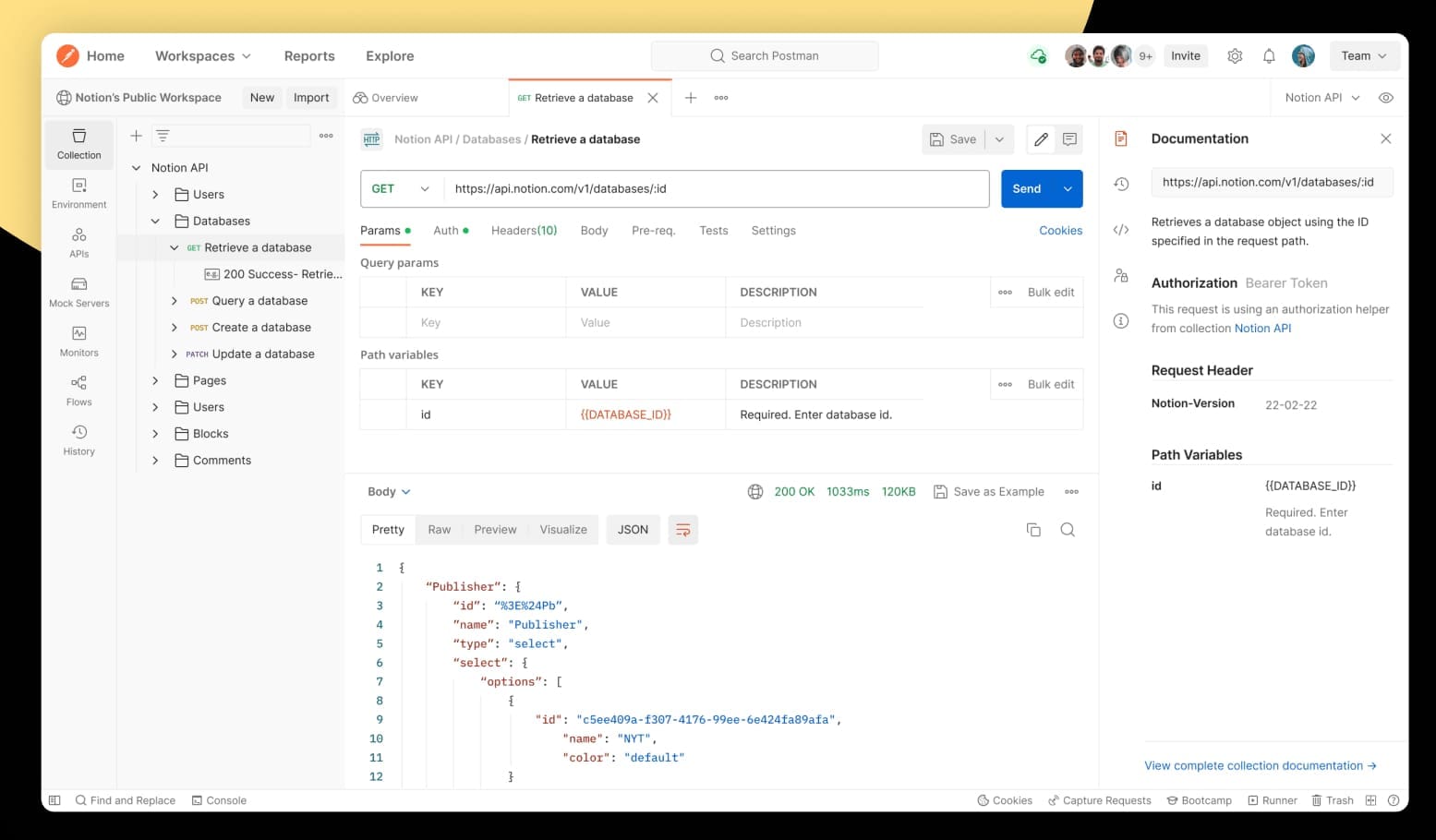Postman is a popular API development tool that allows developers to build, test, and modify APIs. It offers a user-friendly interface, making it an ideal tool for both beginners and experienced developers. In this tutorial, we will walk you through the steps to install Postman on your Fedora system.
Why Postman?
Before we jump into the technicalities, let’s chat about why Postman is a tool worth considering. From personal experience, Postman has streamlined my workflow significantly when it comes to testing APIs. It’s not just about sending requests and seeing responses; it’s the ease with which you can organize tests, automate them, and share your findings with your team. However, it’s not all sunshine; the interface can be a bit overwhelming for new users, and it does have its quirks, like any software. But overall, the benefits far outweigh the minor annoyances.
Installing Postman on Fedora
Installing Postman on Fedora is straightforward, thanks to the Snap package manager. If you haven’t already embraced Snap, you’re missing out on a world of easy-to-manage applications. Here’s how to get Postman up and running on your system:
Step 1: Ensure Snap is installed
Fedora doesn’t come with Snap pre-installed, so you’ll need to set it up first. Open your terminal and enter the following commands:
sudo dnf install snapd sudo ln -s /var/lib/snapd/snap /snap
This installs Snap and creates a symbolic link to ensure compatibility.
Step 2: Reboot
You must reboot or log out and back in for changes to take effect fully.
Step 3: Install Postman
With Snap ready, installing Postman is as simple as executing:
sudo snap install postman
Sample output:
fosslinux@fedora:~$ sudo snap install postman [sudo] password for fosslinux: 2024-03-20T11:09:25-05:00 INFO Waiting for automatic snapd restart... postman (v10/stable) 10.24.3 from Postman, Inc. (postman-inc✓) installed fosslinux@fedora:~$
That’s it! Postman is now installed on your Fedora system. You can launch it from your application menu or by typing postman in your terminal.
Exploring Top Features

Postman User Interface
Now that Postman is installed, let’s quickly go over some of its top features that I find incredibly useful:
- Easy-to-use Interface: Despite its initial learning curve, the interface is intuitive once you get the hang of it.
- Collections and Environments: Organize your API requests into collections and switch between different environments (development, testing, production) effortlessly.
- Automated Testing: Write scripts to test your APIs and run them automatically. This has been a game-changer for me in ensuring the reliability of my applications.
- Documentation: Generate and publish beautiful documentation for your APIs directly from Postman. Sharing API documentation with my team has never been easier.
- Mock Servers: Create mock servers to simulate API endpoints. This is particularly handy when waiting on backend changes or during prototyping.
Uninstalling Postman
Should you ever need to uninstall Postman (though I can’t imagine why you’d want to!), it’s just as easy as the installation process. Simply run:
sudo snap remove postman
This command removes Postman from your system. If you’re moving on to different tools or cleaning up, I hope you find an alternative that fits your needs as well as Postman did.
Conclusion
Postman is an incredibly powerful tool for API development and testing. Its installation on Fedora, thanks to Snap, is a breeze. While it has a vast array of features that cater to nearly any need you might have in the realm of API testing, it’s also approachable enough for beginners to start with simple requests and gradually explore its more advanced capabilities. I’ve personally enjoyed the blend of functionality and usability Postman offers, despite the occasional hiccup in its interface or the overwhelming array of options at first.

